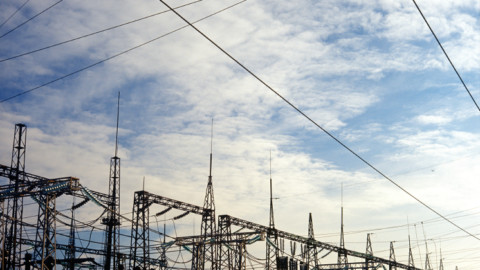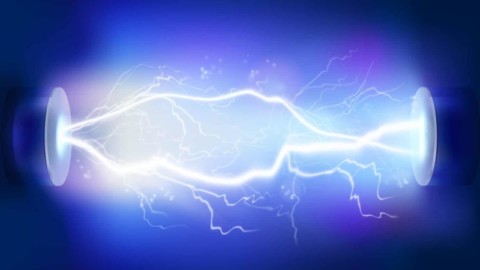In a new report, Transgrid has identified grid-scale Battery Energy Storage Systems (BESS) as a preferred option for addressing load constraints to the Bathurst, Orange and Parkes area.
Transgrid forecasts indicate electricity demand in the region is expected to increase substantially in the Bathurst, Orange and Parkes areas going forward.
This is mainly due to expected demand growth as existing large mines expand as well as the planned connection of new mines and industrial loads along with general load growth around Parkes, including from the New South Wales Government’s Parkes Special Activation Precinct (SAP).
If the longer-term constraints on load growth aren’t resolved it could result in the interruption of a significant amount of electricity supply in Orange and Parkes.
Transgrid has been reviewing options to avoid interruption to customers and has published the Project Assessment Conclusions Report (PACR) into securing the region’s power supply into the future.
Two proposals from separate third parties for a grid-scale BESS were ranked equal in the PACR assessment.
The two BESS options were found to deliver approximately $3,221 million and $3,202 million in net benefits.
Transgrid Executive General Manager of Network, Marie Jordan, said it was a significant milestone.
“We looked at multiple options for addressing load constraints on our network and we are excited to say that grid-scale batteries have been identified as the preferred option as they provided the greatest overall benefit,” Ms Jordan said.
”This project is amongst the first in the National Electricity Market where a solution involving large-scale batteries has outperformed other options throughout the regulatory test.
“It is another sign of how rapidly our energy system is changing and how we need to adapt and embrace new technology as we embark on the energy transition.
“Transgrid actively seeks out opportunities to partner with non-network providers to deliver innovative solutions where they are better for customers than traditional network infrastructure alone.”
Stage 1 of the preferred option would see Battery Energy Storage Systems installed at substations at Panorama and Parkes.
The non-network solutions will provide up to 50MVAr at Parkes and up to 30MVAr at Panorama of dynamic reactive support by 2025 to manage voltage variations during high-demand periods.
The BESS options were generally found to have higher benefits because they can be commissioned sooner than the network-only options, avoiding the risk of supply outages in the short term.
The preferred option also includes the installation of static synchronous compensators at Parkes and Panorama or a synchronous condenser at Parkes.
There is also a proposal for a new 132kV line between Wellington and Parkes in the future as a Stage 2 of the project. At this early stage, the exact route, design, and location of any new infrastructure has not been determined.
Transgrid would then develop and scope the line route within the Environmental Impact Statement (EIS) process.
Subject to approvals, the batteries could be completed by 2024-2025.
Transgrid will now enter a competitive procurement process and begin commercial negotiations with non-network proponents to put a contract in place.
















